
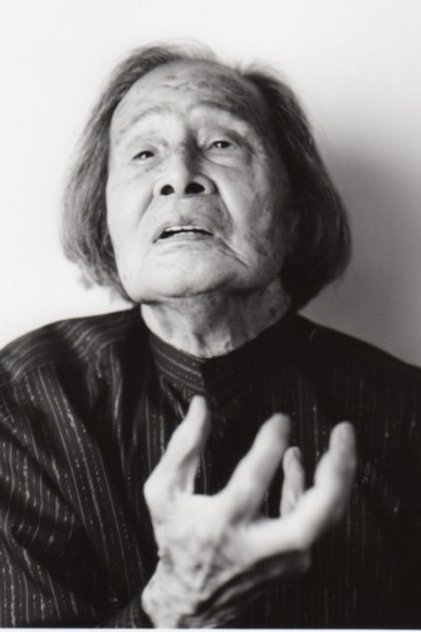
Kazuo Ohno
Born: October 27, 1906
Died: June 1, 2010
in Hakodate, Hokkaido, Japan
Died: June 1, 2010
in Hakodate, Hokkaido, Japan
Butoh dancer. Christian. After experiencing WW2, Ohno devoted his life to dance. He introduced the unique dance style “Butoh” to the world. (Courtesy of NPO Dance Archive Network)
Movies for Kazuo Ohno...
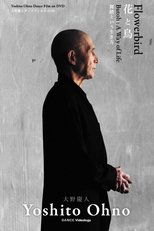
Title: Flowerbird Butoh: A Way of Life
Released: January 1, 2015
Type: Movie
Comprising historic archive footage and texts this DVD box enlightens us greatly about Yoshito Ohno's here and now. Butoh has a distinct starting point, namely, in 1959, with Kinjiki , a duet featuring Tatsumi Hijikata and Yoshito Ohno. His father, the legendary Kazuo Ohno created another epoch-making opus in 1977 Admiring La Argentina, with Yoshito Ohno as production manager. These links are no mere coincidence. To date, we've tended to overlook Yoshito Ohno, barely granting him the recognition he merits. Just as dance requires a lengthy gestation period in which to evolve, his dance has finally come into our field of vision, in all its freshness and stark-nakedness, linking Butoh's origins to its zenith, to a point where he now stands at a crossroads.


Title: 9.11-8.15 Nippon Suicide Pact
Released: November 4, 2006
Type: Movie
A film that reconsiders the modern state of Japan in relation to the 9/11 terrorist attacks in the U.S.


Title: Ohno Kazuo: Hitori-goto no yō ni
Character: Self
Released: January 1, 2005
Type: Movie
This documentary follows one of the creators of the japanese dance Butoh, Kazuo Ohno, 95, and his son, Yoshito Ohno.

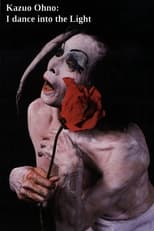
Title: Kazuo Ohno: I Dance Into the Light
Released: November 20, 2004
Type: Movie
A documentary about legendary butoh dancer Kazuo Ohno.

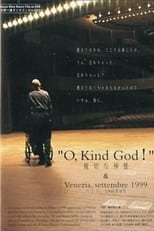
Title: “O, King God!”
Released: January 1, 2003
Type: Movie
"O,Kind God!"is another take on Kazuo Ohno. This moving testimony to the effects his physical evolution has had on his every-day life and dance reveals yet even more strongly that ever-present and life embracing emotions so characteristic of all his previous work. In his appearance in Venice (1999) and a series of performances in his home in Yokohama in 2001, Ohno powerfully demonstrated that his dance embodies life in all its aspects. (Now, though physically immobile), Ohno's very presence continues to exude emotion: it overflows with facial expressions and delicate hand movements; fluid as water and changeable as the sky. This documentary reveals what dance is truly about. Kazuo has given us something very precious.

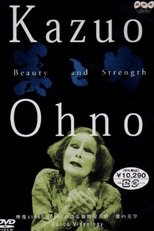
Title: Kazuo Ohno: Beauty and Strength
Released: January 1, 2001
Type: Movie
In the 60's and into the 70's, Kazuo Ohno himself produced three 16mm films. His many performances at the "Teatro Fonte" in Yokohama have been preserved with high quality Beta cameras. In addition, the television station NHK has made recordings of many of his theater performances since the premiere of "The Dead Sea" in 1985. Together, the Kazuo Ohno Dance Studio and NHK own over one hundred hours of footage. This is complemented by a 1994 film by Daniel Schmid and new 16mm footage of Kazuo Ohno filmed especially for this project in October of 2000. From these resources, this 111 minute Video/DVD was assembled.
"Beauty and Strength" includes dance performances, film excerpts and interviews, examples of Ohno's drawings and writings, as well as biographical information, creating a comprehensive look into the world of Kazuo Ohno's dance.


Title: The Written Face
Character: Self
Released: September 1, 1995
Type: Movie
In Japanese theater, women's roles are traditionally played by men. The man playing the woman's role, the Onnagata, does not imitate the woman, as in the West, but tries to capture her significance. He need not stick close to his model, but draws far more from his own identity - a shift of value takes place, which is nonetheless not a step beyond. THE WRITTEN FACE is an attempt to offer an insight into the Japanese Kabuki star Tamasaburo Bando, one of the last defenders of this ancient and disappearing performing tradition.

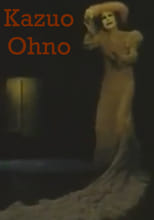
Title: Kazuo Ohno
Character: Self
Released: January 1, 1995
Type: Movie
Kazuo Ohno, Father of the Butoh Dance, first appeared on stage at the age of 43. He left the stage only at the age of one hundred, three years before he died. This short dialogue less film presents the exceptional range of expressions that this Japanese dancer could achieve, both with makeup and costumes and without.


Title: Just Visiting This Planet
Character: Himself
Released: September 5, 1991
Type: Movie
Peter Sempel's masterful poetic film tribute to butoh performer Kazuo Ohno.


Title: Just Visiting This Planet
Released: September 5, 1991
Type: Movie
Peter Sempel's masterful poetic film tribute to butoh performer Kazuo Ohno.

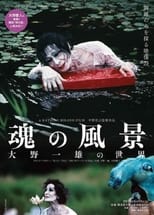
Title: The Scene of the Soul
Character: Self
Released: January 1, 1991
Type: Movie
Starring Kazuo Ohno, an inspirational figure in Butoh dance.

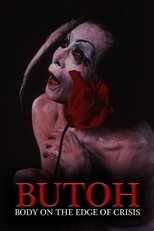
Title: Butoh: Body on the Edge of Crisis
Character: Himself
Released: January 1, 1990
Type: Movie
"Butoh: Body on the Edge of Crisis" is a visually striking film portrait shot on location in Japan with the participation of the major Butoh choreographers and their companies. Although Butoh is often viewed as Japan's equivalent of modern dance, in actuality it has little to do with the rational principles of modernism. Butoh is a theater of improvisation which places the personal experiences of the dancer on center-stage. By reestablishing the ancient Japanese connection of dance, music, and masks, and by recalling the Buddhist death dances of rural Japan, Butoh incorporates much traditional theater. At the same time, it is a movement of resistance against the abandonment of traditional culture to a highly organized consumer-oriented society.

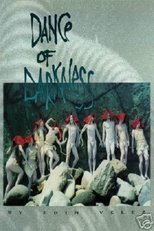
Title: Dance of Darkness
Character: Himself
Released: January 1, 1989
Type: Movie
The dark sensibilities and cultural resonances of Butoh, the radical Japanese dance movement, are explored in this multilayered work. Profoundly rooted in both traditional and contemporary Japanese culture, Butoh arose in a spirit of revolt in the early 1960s. Characterized by frank sexuality and bodily distortions, Butoh transforms traditional dance movements into new forms, stripping away the taboos of contemporary Japanese culture to reveal a secret world of darkness and irrationality.

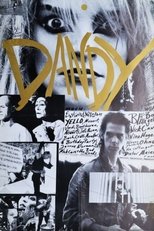
Title: Dandy
Released: September 22, 1988
Type: Movie
A selection of seemingly unconnected scenes featuring Nick Cave, Blixa Bargeld, Nina Hagen and Lene Lovich. Losely based on Voltaire's satire "Candide".

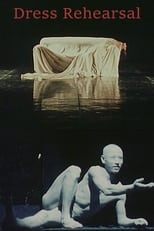
Title: Dress Rehearsal
Released: November 25, 1980
Type: Movie
An exhilarating, essayistic documentary about the 1980 festival of experimental theatre in the French city of Nancy. Werner Schroeter's favourite of his own films.

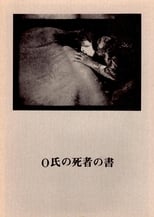
Title: Mr O's Book of the Dead
Released: January 1, 1973
Type: Movie
Mr O’s Book of the Dead is the last of a trilogy of experimental films about Kazuo Ohno, co-founder of the contemporary Japanese style of dance known as butoh, made with director Chiaki Nagano during a period in which he had retired from public performance, and just before he began touring the world as a solo dancer with his celebrated work Admiring La Argentina. In the film, Ohno leads a troupe of strangely dressed, made-up and gesticulating dancers through a succession of landscapes alternately lush, desolate and surreal.

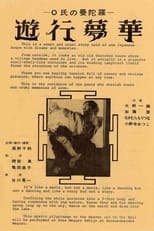
Title: Mandala of Mr O
Released: January 1, 1971
Type: Movie
Mandala of Mr O is the second of a trilogy of experimental films about Kazuo Ohno, co-founder of the contemporary Japanese style of dance known as butoh, made with director Chiaki Nagano during a period in which he had retired from public performance, and just before he began touring the world as a solo dancer with his celebrated work Admiring La Argentina.

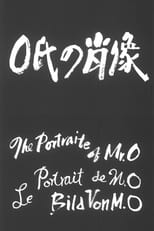
Title: A Portrait of Mr O
Released: January 1, 1969
Type: Movie
A Portrait of Mr O is the first of a trilogy of experimental films about Kazuo Ohno, co-founder of the contemporary Japanese style of dance known as butoh, made with director Chiaki Nagano during a period in which he had retired from public performance, and just before he began touring the world as a solo dancer with his celebrated work Admiring La Argentina.

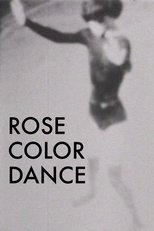
Title: Rose Color Dance
Released: March 1, 1965
Type: Movie
A document of Tatsumi Hijikata's Butoh dance with Kazuo Ohno as the guest dancer shot in Hijikata's early period when he was emerging as the originator of Butoh. All of the male dancers are dressed up with evening suits and move gracefully, yet an intruder breaks up the whole scene abruptly. The film is worth seeing, even if just to see a memorable gay duet of Hijikata and Ohno. Overexposed, washed out images are sandwiched among normal ones.

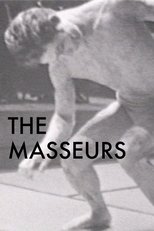
Title: The Masseurs
Released: December 31, 1963
Type: Movie
Anma (The Masseurs) is a representative and historical work by the creator of Butoh dance, Tatsumi Hijikata in his early period in the 1960s. The film is realized not only as a dance document but also as a Cine-Dance, a term made by Iimura, that is meant to be a choreography of film. The filmmaker "performed" with a camera on the stage in front of the audience. With the main performers: Tatsumi Hijikata and Kazuo Ohno, the film has the highlights such as Butohs of a soldier by Hijikata & a mad woman by Ohno. There is a story of the mad woman, first outcast and ignored, at the end joins to the community through her dance. Inserted descriptions of Anma (The Masseurs) are made for the film by the filmmaker, but were not in the original Butoh. The film, the only document taken of the performance, must be seen for the understanding of Hijikata Butoh and the foundation of Butoh.
